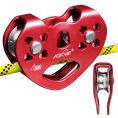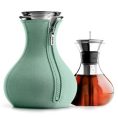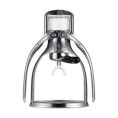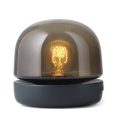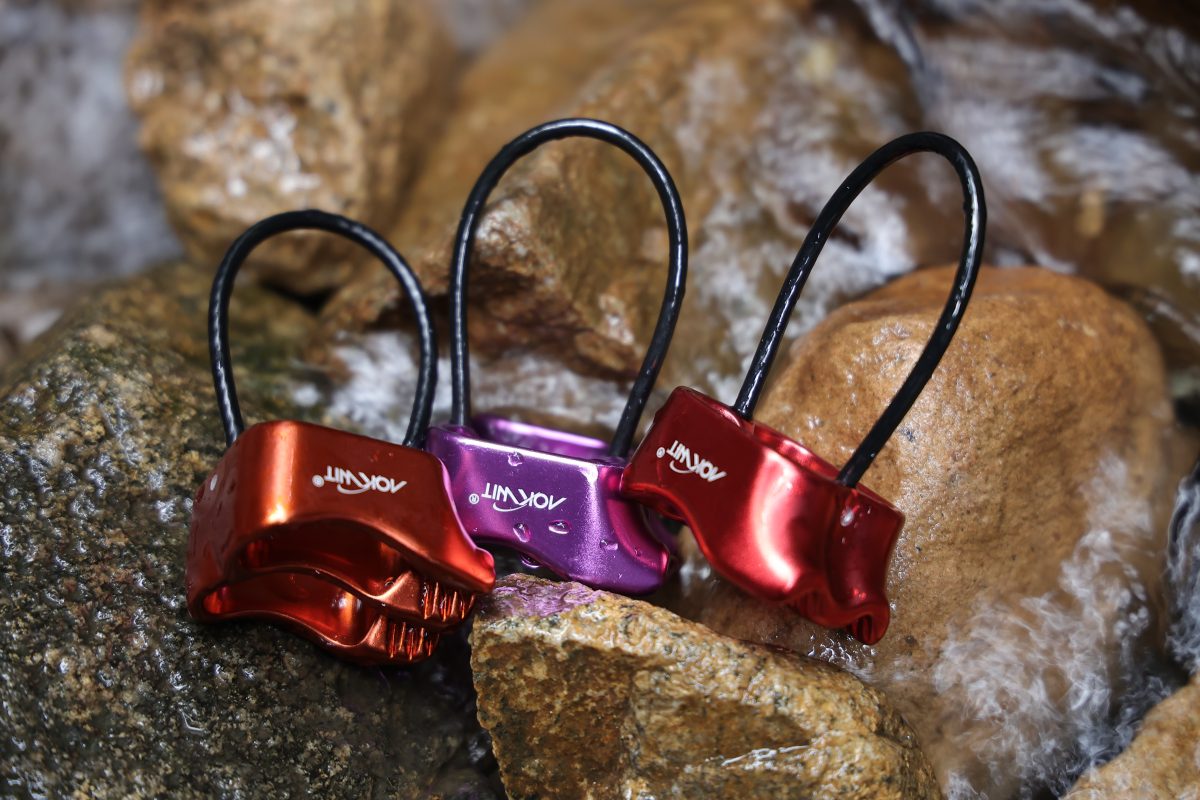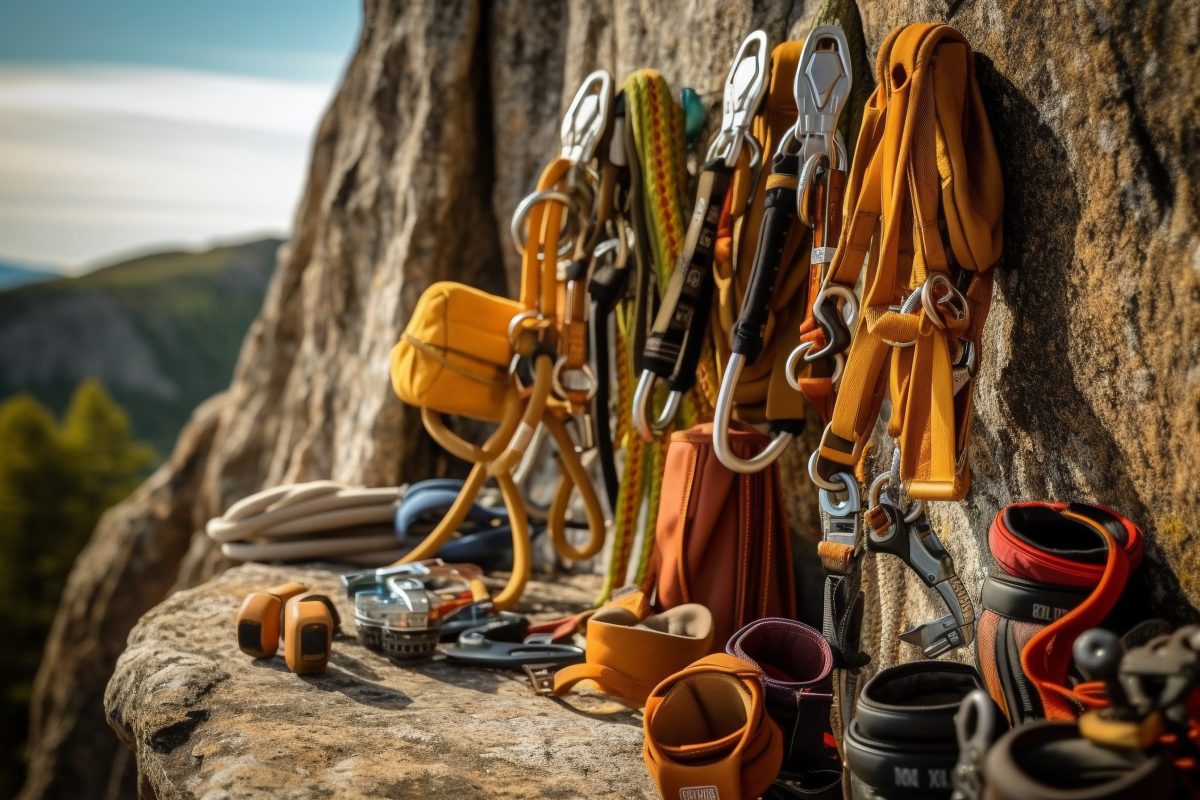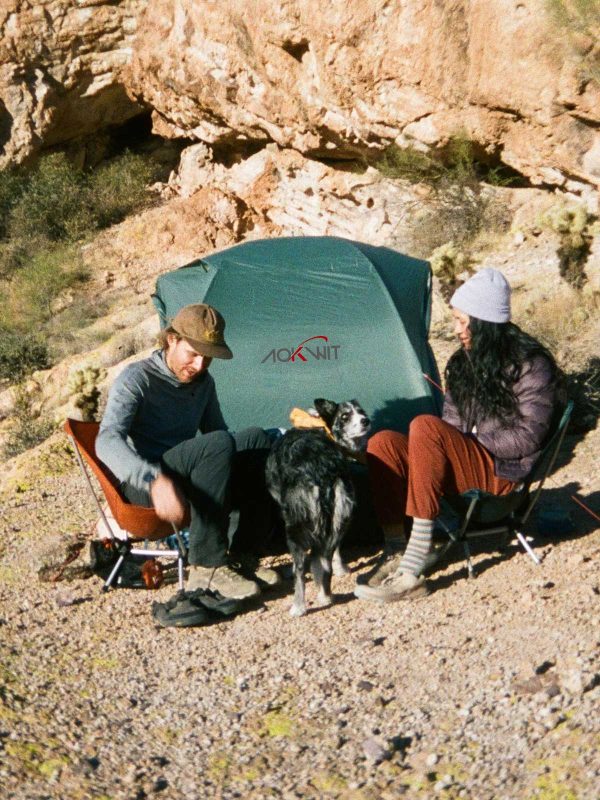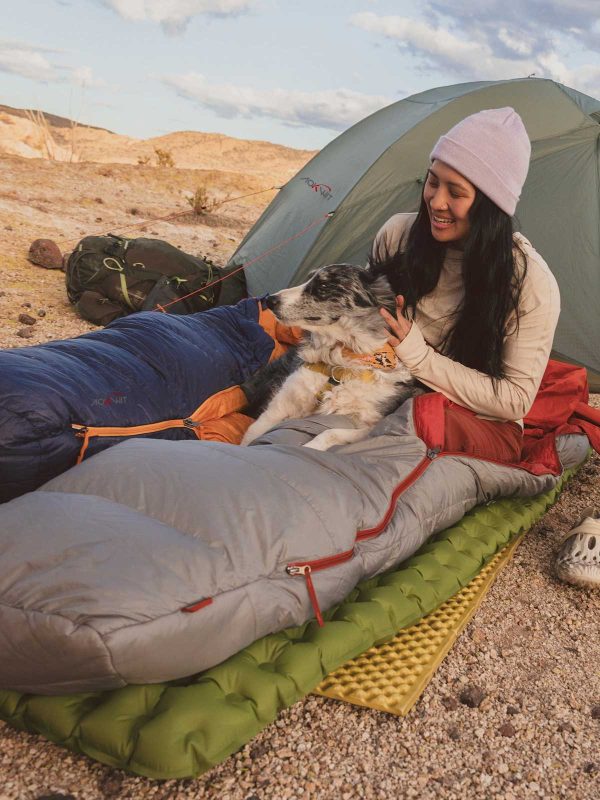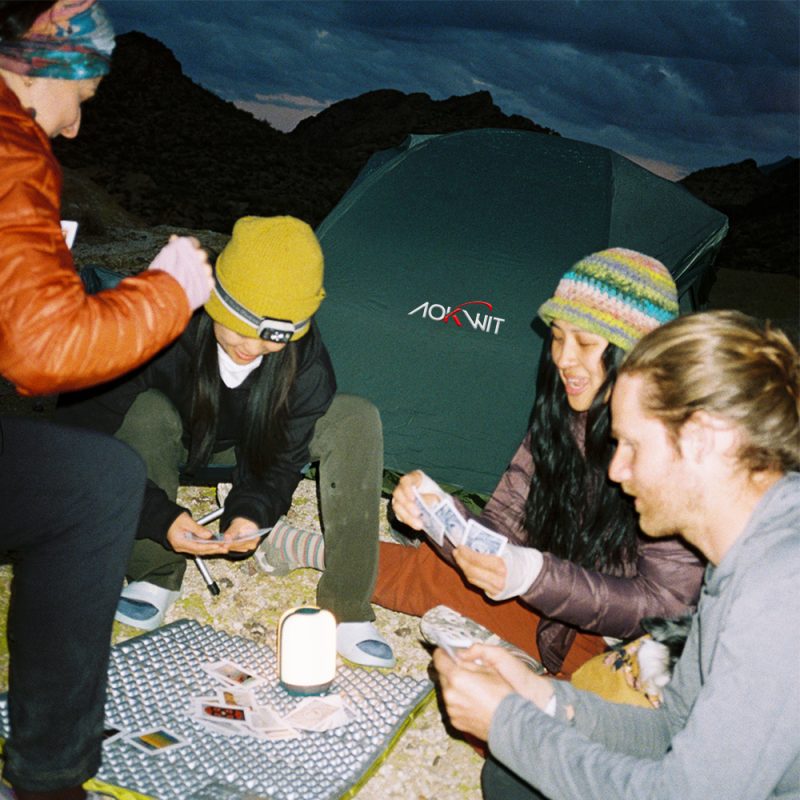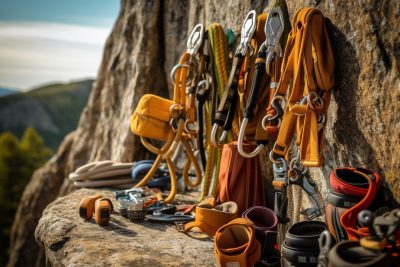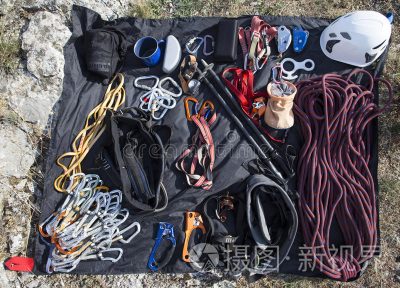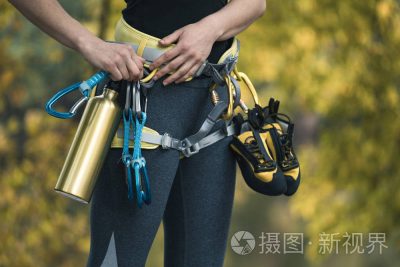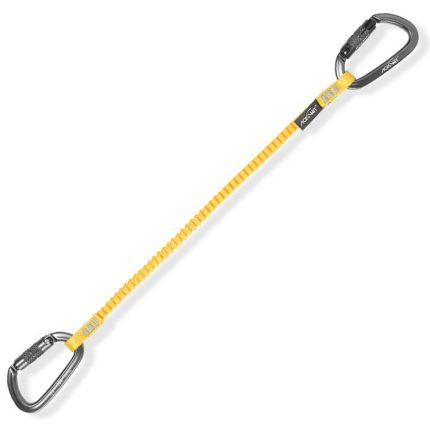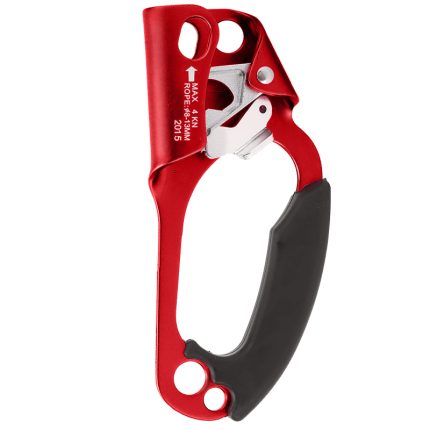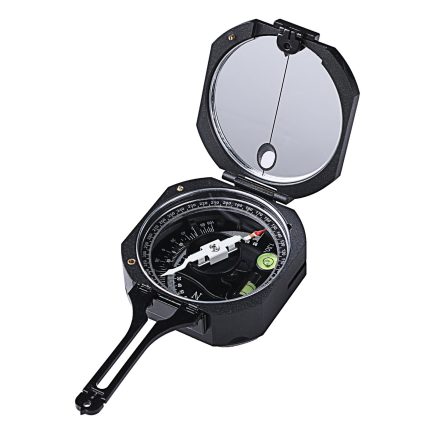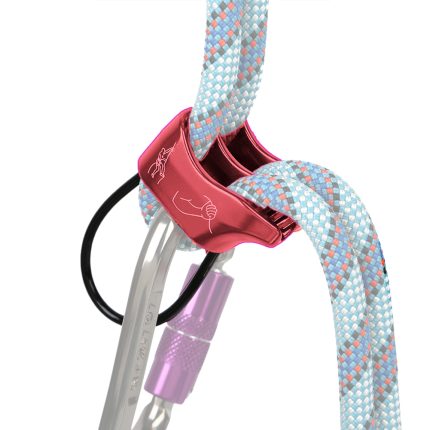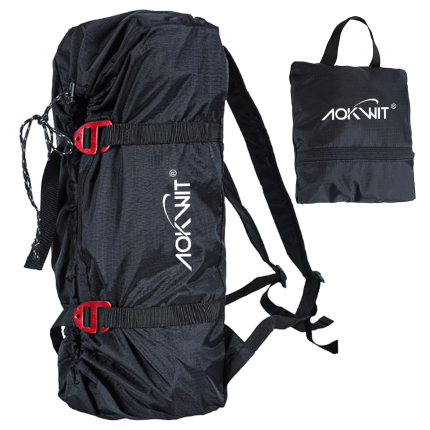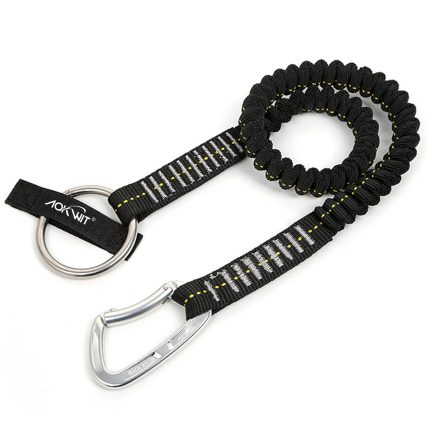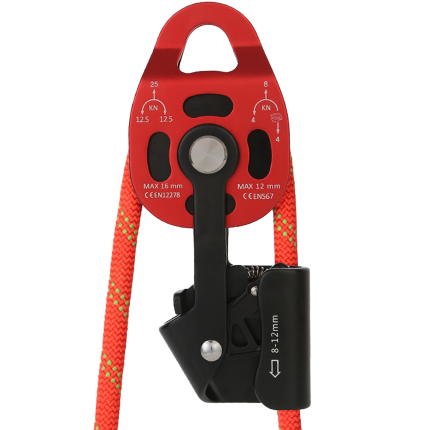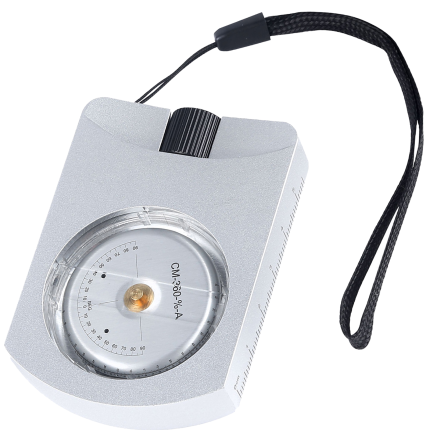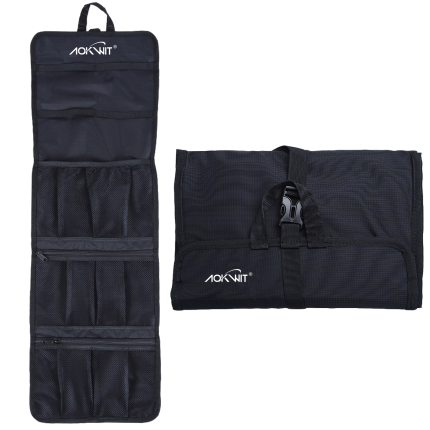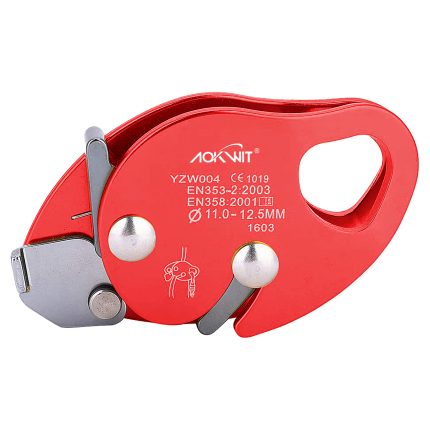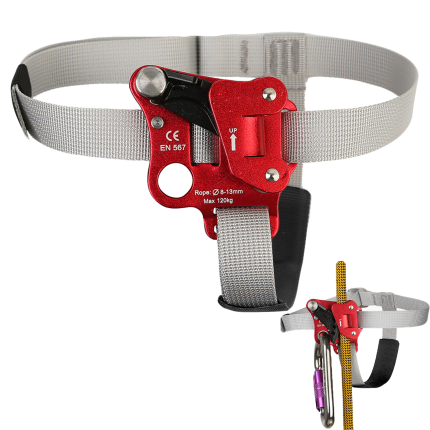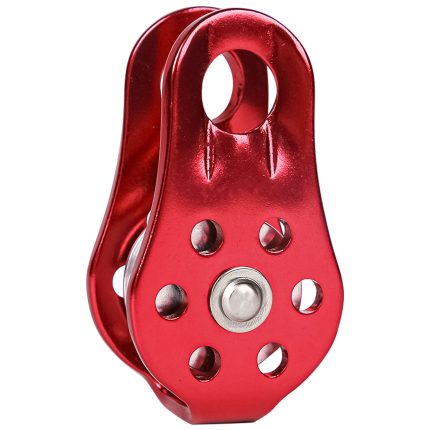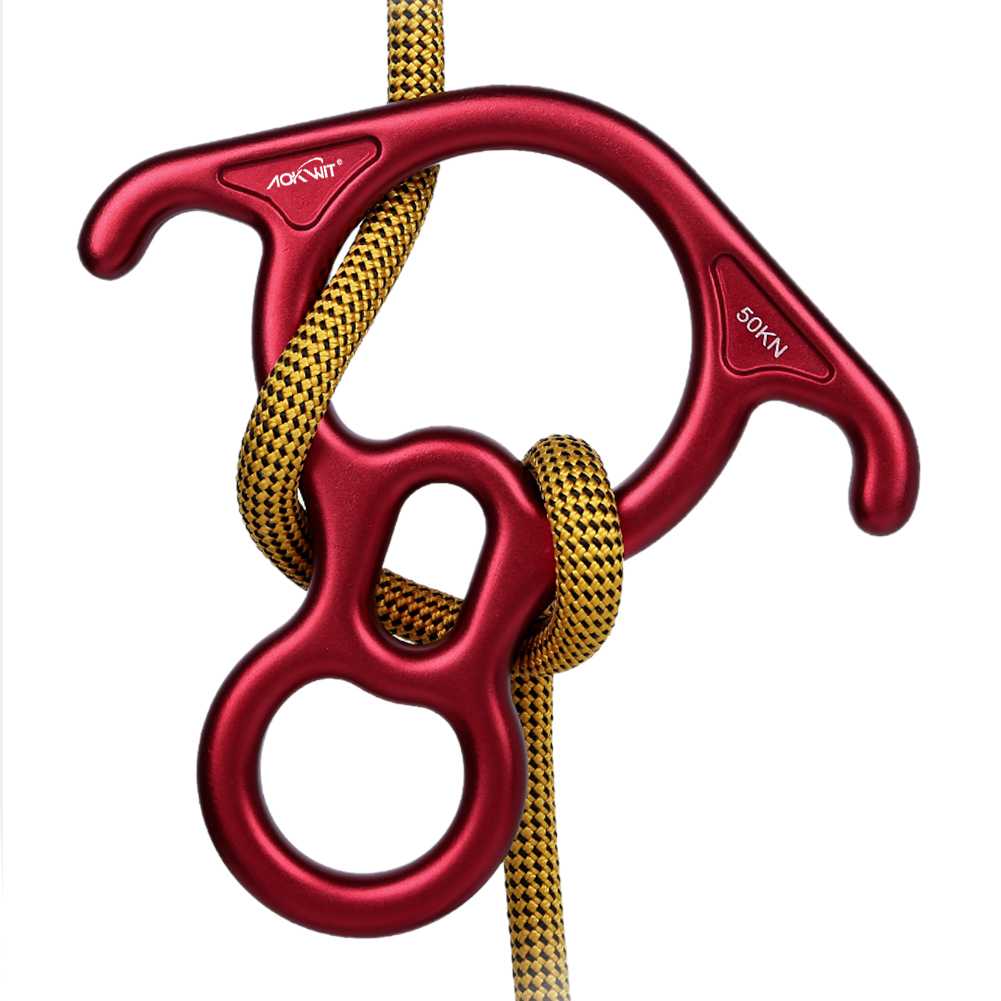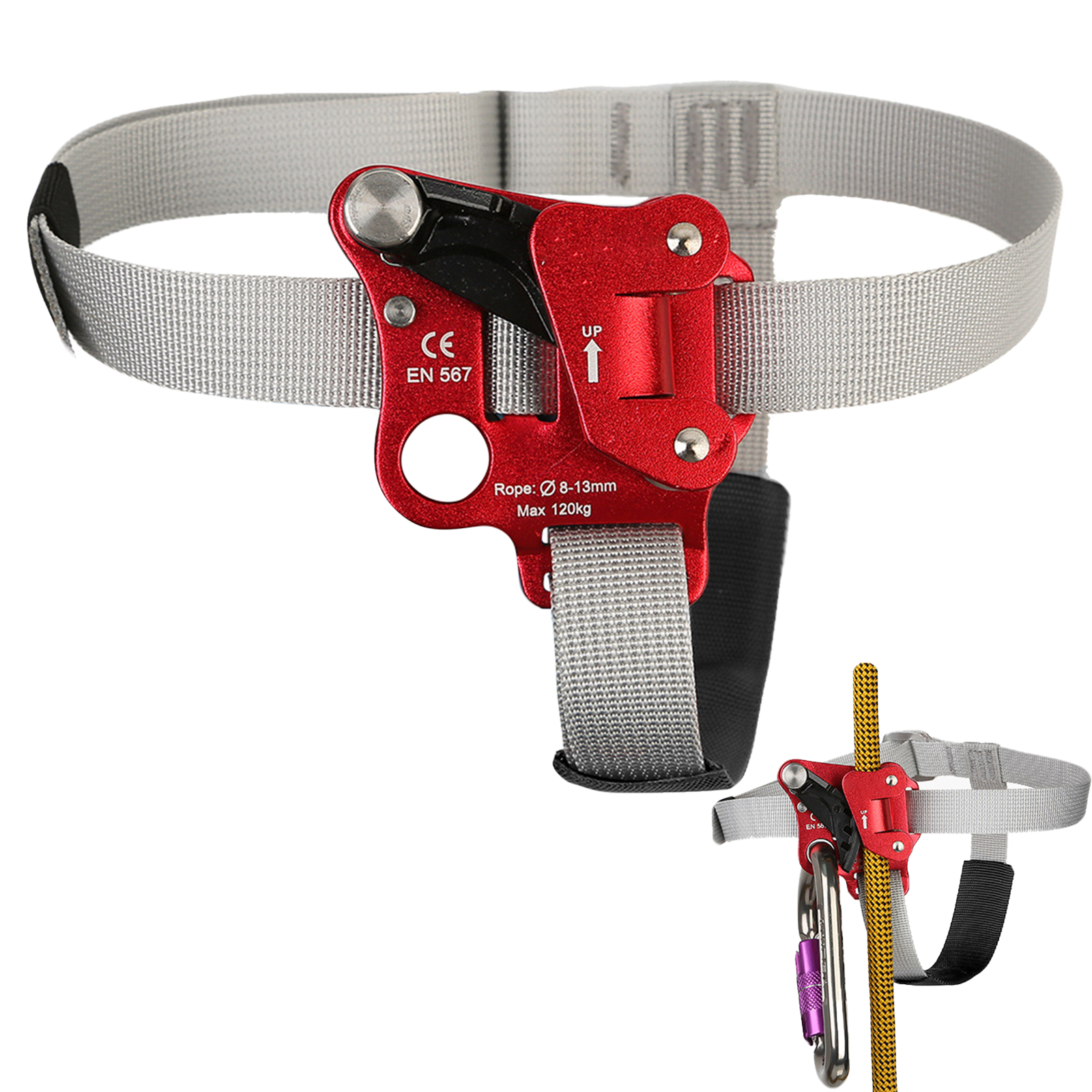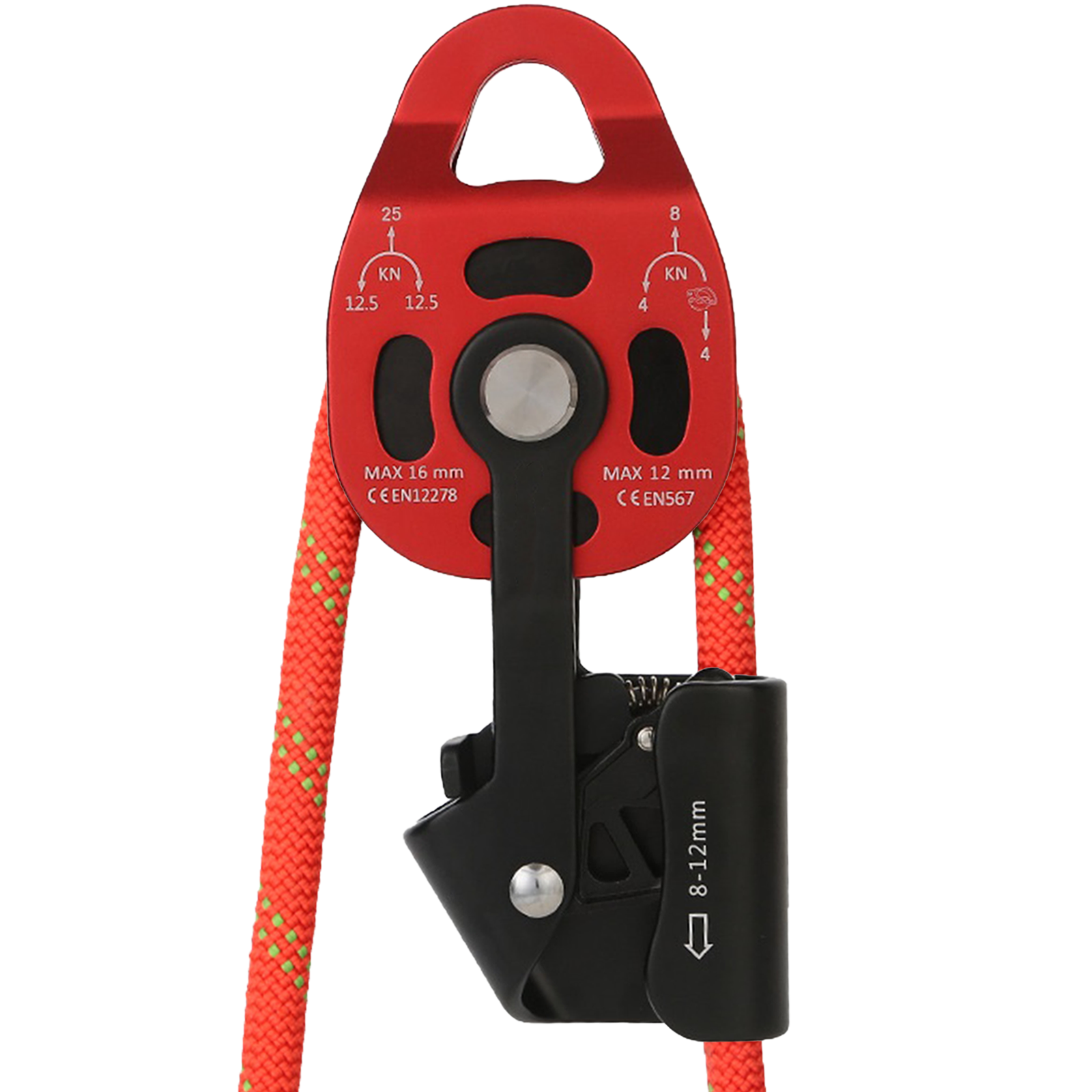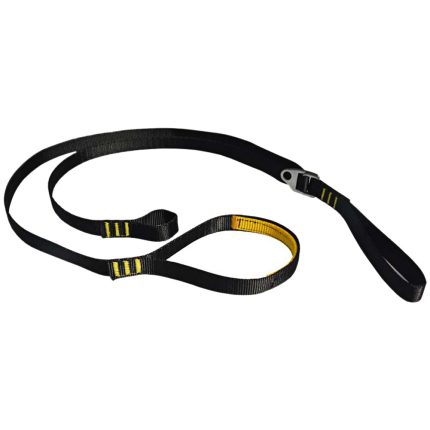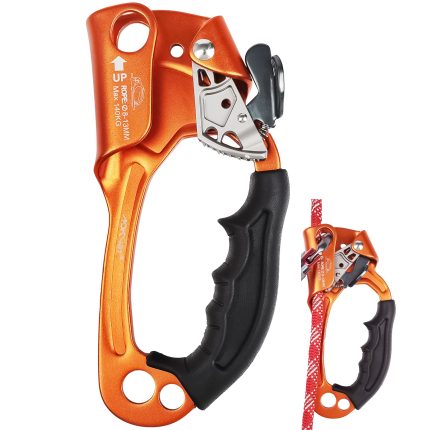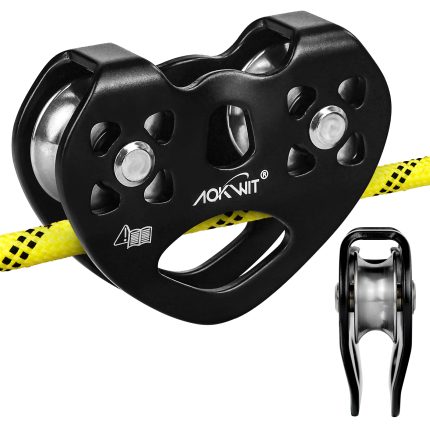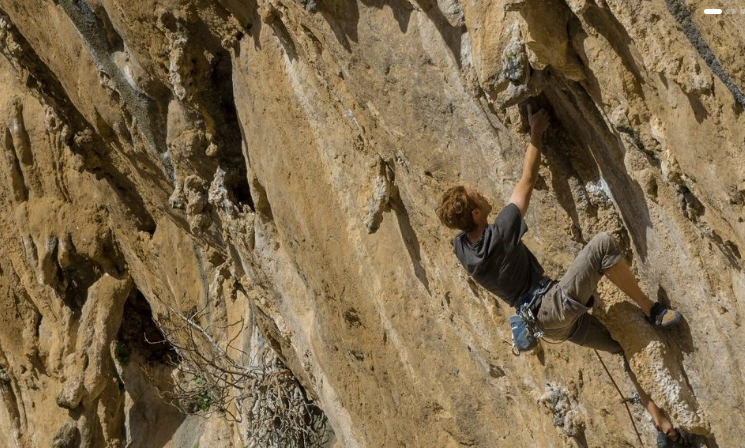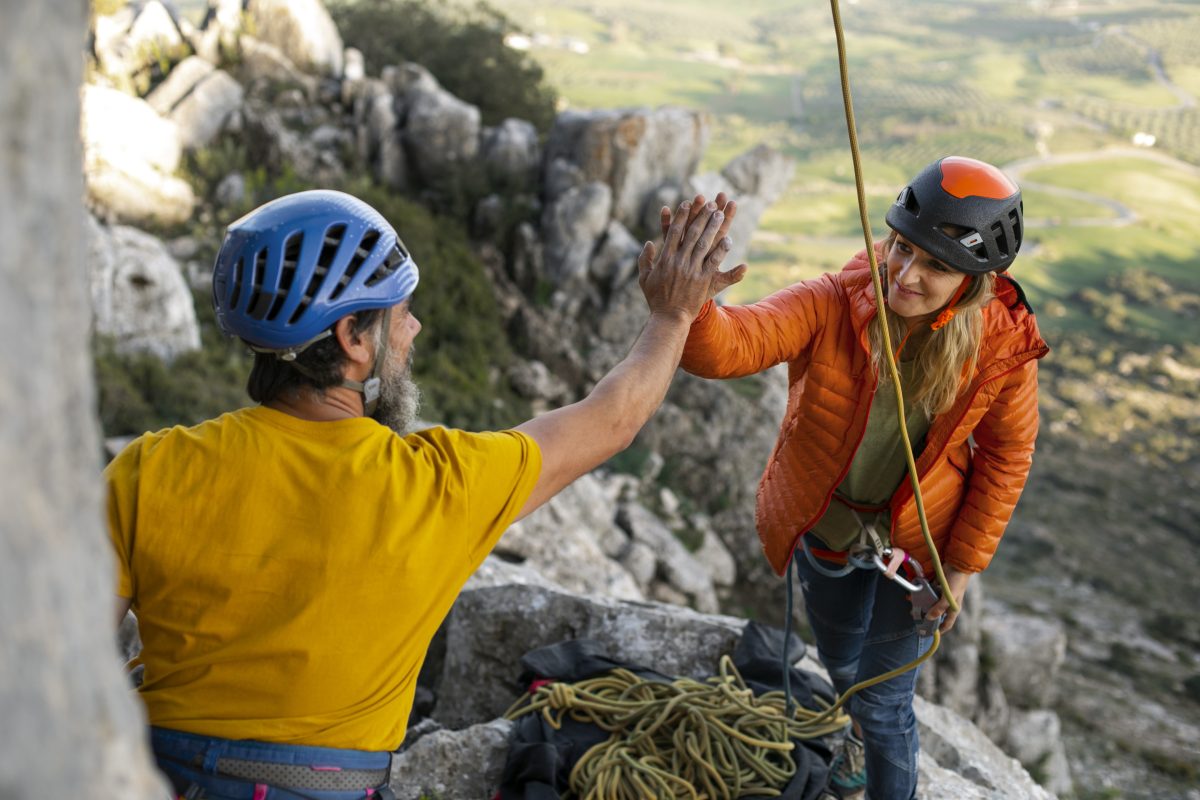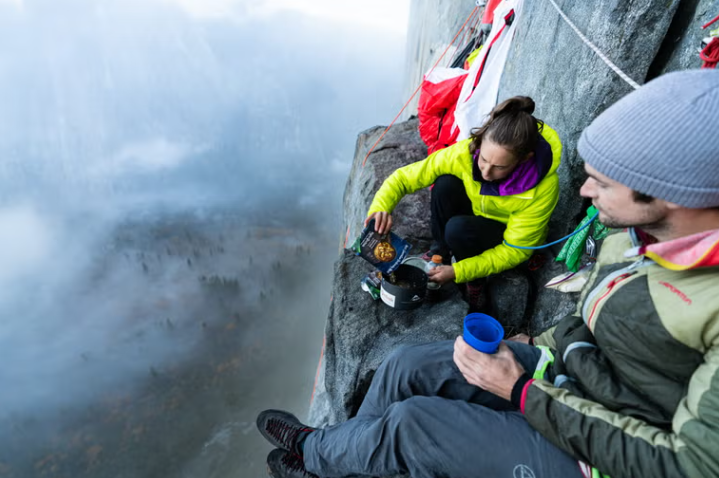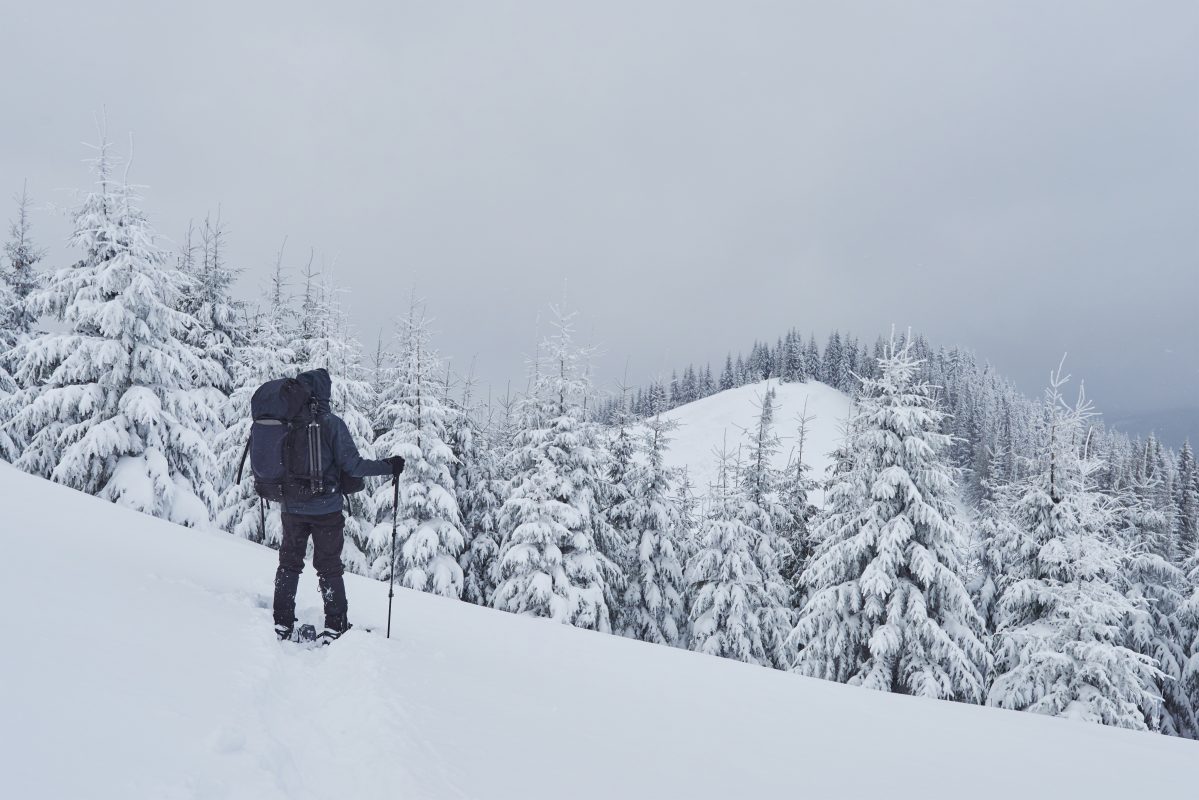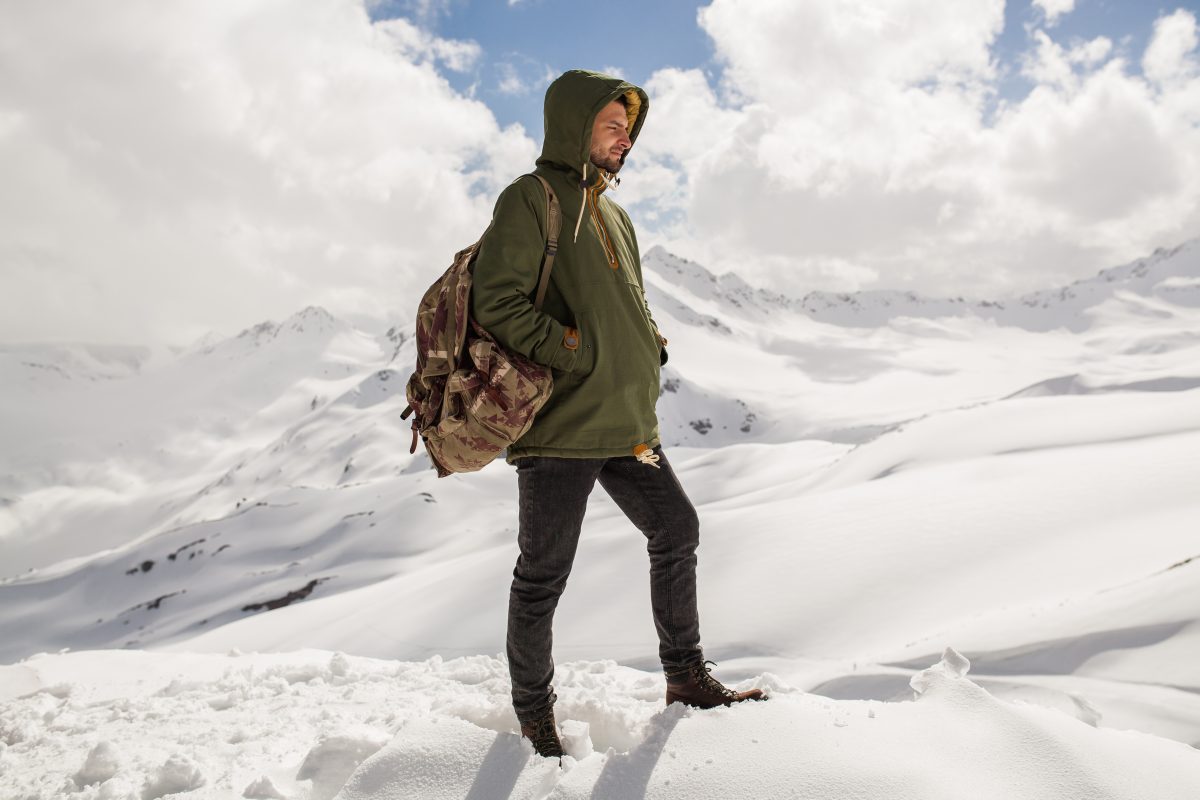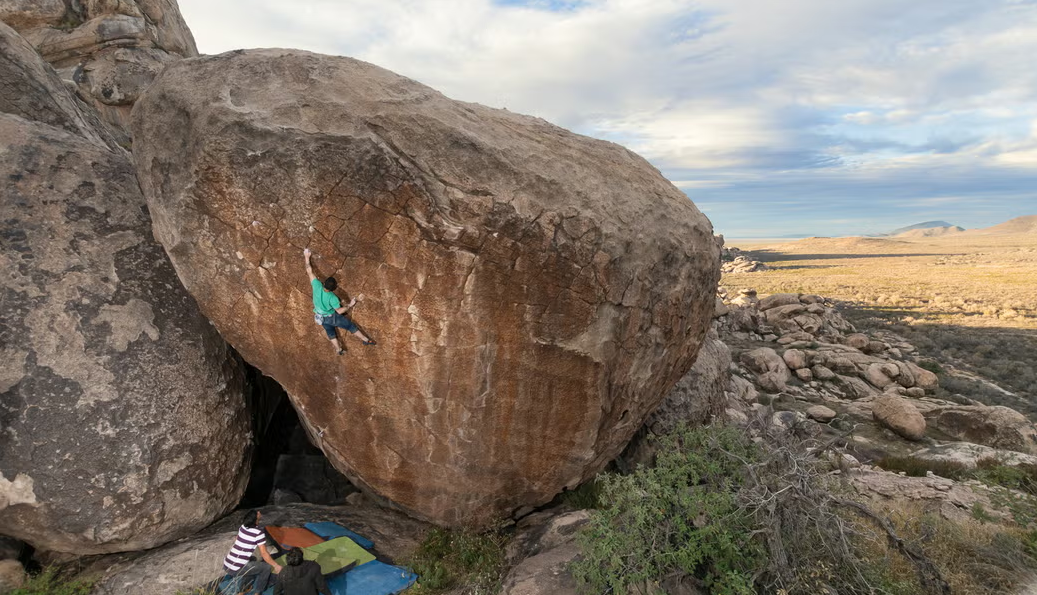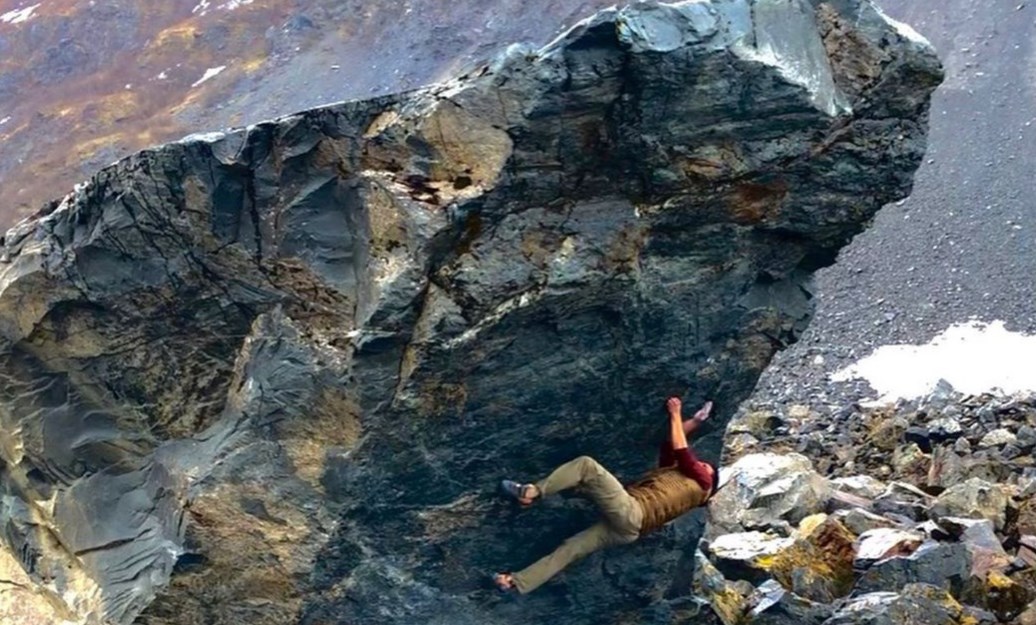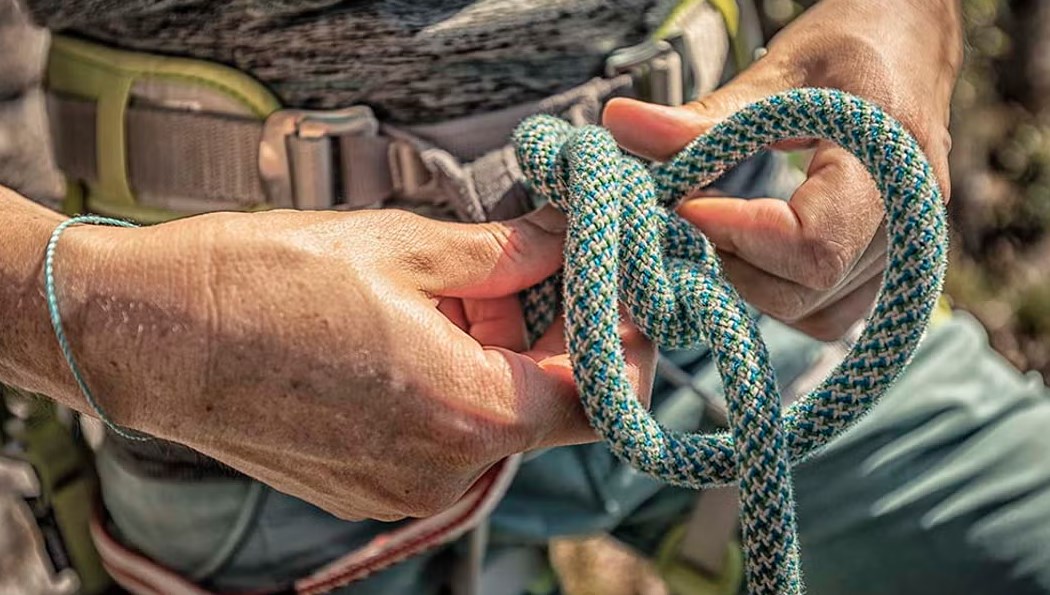Practical Guidelines for General Hiking Expeditions
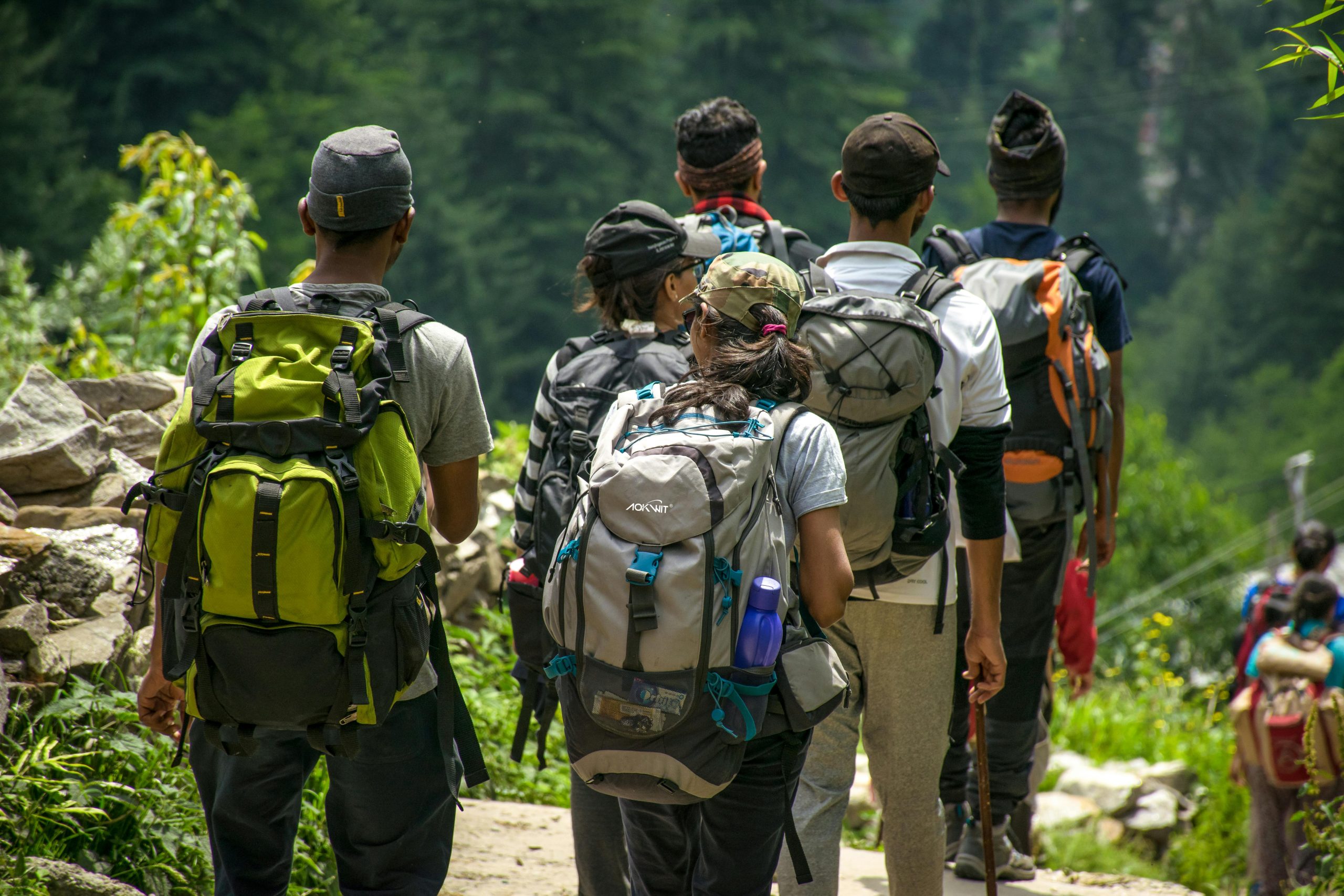
Hiking expedition is an adventurous tourism activity primarily involving walking from a starting point to a destination (or returning to the origin in some cases), often traversing diverse geographical environments such as mountains, jungles, deserts, permafrost areas, river valleys, or canyons.
The duration of such activities varies widely, ranging from 1-2 days to dozens of days or longer. The difficulty and intensity mainly depend on the environmental characteristics of the traversed area, with significant differences in challenges among different routes.
This outdoor sport typically requires knowledge of professional fields such as route planning, equipment selection, and risk prevention, and participants must master basic wilderness survival skills and safety protection knowledge.
I. Team Spirit
Group hiking (with more than two people) is an excellent opportunity to demonstrate teamwork. A successful, enjoyable, and smooth expedition relies on the efforts of every member of the group, especially in harsh and arduous environments.
Tips:
- Clearly assign tasks within the group, such as trailblazing, rear guard, fire-building, and campsite setup.
- Elect a team leader and grant them appropriate authority; a balance between democracy and centralization is crucial.
- When the group is large, maintain a proper marching formation—an overly stretched 队伍 (column) may lead to lost members or delayed detection of accidents.
- Distribute all equipment and supplies scientifically based on each member’s physical strength and gender to ensure the group maintains a consistent pace.
- In case of serious injury or illness, the entire expedition plan must be adjusted: either the whole group aborts the mission or a subset escorts the injured to retreat.
II. Physical Endurance Management
Control the initial excitement to avoid starting too fast; maintain a steady pace. Generally, take a 5-10 minute break every half hour when ascending, and a 10-15 minute break every hour when descending.
Tips:
- Maintain a uniform speed throughout and follow the scheduled rest and meal times.
- Adjust the plan according to the group’s physical condition; it is better to extend the expedition time than to overexert unnecessarily, reserving energy for unforeseen circumstances.
III. Navigation
Collect detailed maps and relevant information about the activity area before departure, and familiarize yourself with major turns and prominent landmarks. When using topographic maps, analyze the planned route and direction, such as the number of mountain ridges to cross, passes to traverse, and approximate elevation changes, to aid in mid-journey orientation.
Tips:
- Carry an accurate compass and altimeter (essential in certain areas).
- Protect and properly store maps and documents.
- Bring signal pens and playing cards for marking trails in case of getting lost.
- If knowledge of the area is limited and conditions are complex, hire a local guide or invite someone who has traversed the route before.
IV.Waterproofing
In rainy seasons or regions with high precipitation, inadequate waterproofing can severely disrupt the expedition—leading to issues like no dry clothes to change, damaged cameras/batteries/food, etc. Research the local climate in advance and prepare accordingly.
Tips:
- Use three-season or four-season tents (avoid specialized alpine tents unless necessary).
- Cover your backpack with a rain cover or plastic sheet, even if the backpack is waterproof.
- Pre-wrap items in plastic or sealed bags before packing them into the backpack for both waterproofing and organization.
- Invest in waterproof fleece jacket and pants (waterproof, gore-tex materials are suitable), but also carry traditional rain gear.
- Choose high-quality waterproof hiking shoes (waterproof, gore-tex materials) for long-term use.
V. Water Sourcing & Management
For short expeditions with known water scarcity, carry at least 2 liters of drinking water per person per day (if no luxury meals are planned). For long-distance hikes, source water from streams, rivers, lakes, or ponds, but first assess contamination: check for human/animal activity, dead animals, feces, or other pollutants. Let water with sediment settle for at least 10 minutes. In leech-prone areas, use open or transparent containers to spot leeches.
Tips:
- Ration water in arid regions—never deplete supplies before finding a new water source, except in emergencies.
- Boil wilderness water for at least 5 minutes before drinking, if possible.
- Carry water filters or purification tablets as alternatives when boiling is impractical.
- Learn additional wilderness water collection methods for prolonged water-scarce activities.
VI. Fire-Building
Carry more than one fire source, such as lighters (multiple types), matches, or a fire striker. Bring a camping stove and gas canister if feasible. When building a fire at camp, confirm if it is a fire-restricted area; avoid non-essential fires except for survival needs. Prepare dry tinder (thinner than chopsticks) at the bottom of a stone-built stove, then stack thicker firewood on top. Blow gently to ignite the tinder. In rainy or wet conditions, split thick wood to access dry inner layers and chop them into kindling (requires a machete or similar tool).
Tips:
- Position the fire downwind of tents and maintain a safe distance from them.
- Extinguish the fire with water and soil before leaving, and double-check that no embers remain.
VII. Camping
Choose a safe, sheltered, dry, and flat high-ground site for camping. Assess the surroundings for risks such as falling rocks, wind direction, animal dens, or beehives. Avoid camping by riverbanks unless it is the dry season and water levels are stable—close proximity to water attracts mosquitoes.
Tips:
- Select a campsite near a water source for easy access.
- Ensure sufficient firewood is available if fire-building is needed.
- Dig drainage ditches around tents in rainy seasons or humid terrain.
- Secure tents against strong winds before resting.
- Store valuables, clothing, and food inside the tent (if space allows) before sleeping.
VIII. Wildlife Encounters
Carry medications such as tiger balm, wind oil, and safflower oil. In mosquito-prone areas, bring insect repellent sprays. Wear gaiters to protect legs from leeches, snakes, and other creatures. Carry snake antivenom in regions with frequent venomous snake sightings.
Tips:
- When encountering large wildlife (e.g., bears, leopards, rhinos), avoid screaming or fleeing—animals rarely attack unless provoked or threatened; remain calm.
- Most venomous snakes are not aggressive and only strike in self-defense, such as when stepped on.
- If bitten by a snake (treat all bites as venomous if unsure), seek emergency treatment immediately and stay mentally calm to maximize survival chances.
IX. Nutritional Supplementation
During long-distance hikes, high physical exertion and sweating can lead to salt deficiency, electrolyte imbalance, and malnutrition, which may severely impact health and safety. Regularly replenish nutrients.
Tips:
- Carry high-calorie foods like beef jerky, chocolate, glucose powder, and peanuts for quick energy.
- Take daily vitamin supplements.
- Consume salty foods (e.g., pickled mustard greens) to replenish sodium.
- Use tang powder or similar electrolyte drinks in water bottles for continuous replenishment.
X. Thermal Protection
Many regions (e.g., deserts, mountains) have large diurnal temperature variations, and altitude gains can cause rapid temperature drops (-6°C per 1000 meters of elevation). Prioritize warmth, especially after heavy sweating or before sleeping.
Tips:
- Research the minimum temperature of the destination and pack appropriate warm clothing and a suitable sleeping bag.
- Change into dry underwear immediately if clothes are wet from rain or sweat—use quick-drying fabrics like coolmax if available.
- Keep spare batteries warm (e.g., in pockets) in cold areas, as freezing renders them unusable.
- High-altitude cold regions require specialized equipment and knowledge.
XI. Additional Considerations
Climbing & Descending: Avoid risky climbs or descents unless necessary, especially when alone and loaded. If unavoidable, unload the backpack first, climb unencumbered, then use ropes or straps to haul gear up/down.
Balance: On precarious terrain (e.g., wooden bridges, river crossings, cliff edges), loosen backpack chest and waist straps for quick unloading in case of emergencies.
Night Hiking: Avoid night travel unless essential (e.g., deserts), as low visibility increases the risk of getting lost and accidents. Use a headlamp instead of a flashlight to keep hands free for balance.
River Crossing: Assess water depth, current, and underwater conditions before crossing. Wear sandals if available to prevent slips and injuries from sharp rocks or slippery surfaces.
Environmental Protection: Carry all visible trash from short expeditions; for long trips, pack out non-biodegradable waste until reaching designated disposal sites—always bring garbage bags.
XII. Essential Gear
Equipment selection varies by terrain, difficulty, duration, and season. Improper planning may lead to excessive weight or unsafe omissions. Research the destination thoroughly before packing. Below is a list of common gear:
Group Gear:
Tents, cooking equipment (stoves, fuel, cookware), ropes, specialized tools (machetes, axes, shovels), communal first-aid kits (general and emergency medications), duct tape, walkie-talkies, camp lights, technical climbing/mountaineering gear, shared food/nutrition, altimeter, compass, thermometer, maps, and optional luxury items (speakers, grills, etc.).
Personal Gear:
Appropriate hiking shoes, backpack, sleeping bag, ground mat, underwear, outerwear/pants, gloves, hat, spare clothes, sunglasses, headlamp, water bottle, trekking poles, personal hygiene items, sunscreen, lip balm, photography equipment, binoculars, notebook/pen, personal medications, lighters/matches, cutlery, wet/dry wipes, sandals, personal food, and other miscellaneous items.
